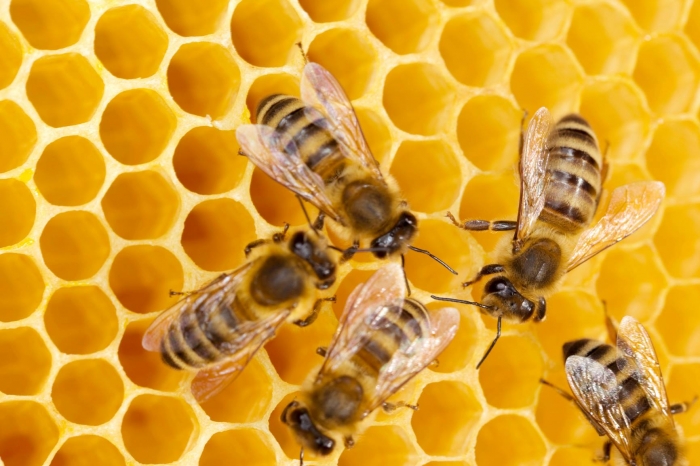PRE-ORDER YOUR LIVE HONEY BEES IN BAY AREA CALIFORNIA
Purchasing live bees typically involves a few steps:
- Research Local Regulations: Before buying bees, it’s important to check any local laws or regulations regarding beekeeping in your area. Some regions may have specific rules or require permits.
- Find a Reputable Supplier: Look for a reputable bee supplier. This can be a local beekeeping club, a beekeeping supply store, or an online retailer. It’s important to choose a supplier with good reviews or recommendations to ensure the health and quality of the bees.
- Choose the Type of Bees: There are different types of bees, like Italian, Russian, or Carniolan bees, each with their own characteristics. Research which type is best suited for your climate and beekeeping goals. Beeopic nucs and full bee hive are supplied with VSH Italian queens
- Decide on the Form of Bees: Bees can be purchased in different forms:
- Nucleus Colony (Nuc): A small, established colony with a queen, workers, brood, and food stores. It’s an easier start for beginners.
- Package Bees: A box of bees with a queen, usually weighing about 3 pounds. This requires transferring the bees into a hive. Recommended for commercial beekeepers
- Full Hive: A complete hive with an established colony. This is less common and more expensive.
- Order and Arrange Delivery or Pickup: Once you’ve chosen the supplier and type of bees, you can place an order. Timing is important; bees are typically delivered or picked up in the spring. Ensure you’re ready with all the necessary beekeeping equipment. If you want to harvest honey the first year, install your bees before the end of April. Harvesting in the Bay Area takes place at the end of June.
- Prepare for Arrival: Set up your hive and read up on how to introduce the bees to their new home safely. It’s also a good idea to have protective gear and tools ready.
- Installation: When the bees arrive, carefully follow instructions to install them in their new hive. This process varies depending on whether you’ve purchased a nuc, a package, or a full hive. For a full beehive, you don’t need to do a thing and you’re sure of a harvest from the very first year. For a bee nuc, you need to set it up in your hive and feed it. Setting up a package of bees is tricky for a novice beekeeper.
- Ongoing Care: After installation, regular maintenance, monitoring for health, and managing the hive through the seasons are essential.
Remember, beekeeping can be a rewarding but challenging hobby. It’s highly recommended to read extensively about beekeeping and possibly join a local beekeeping club for support and advice.

